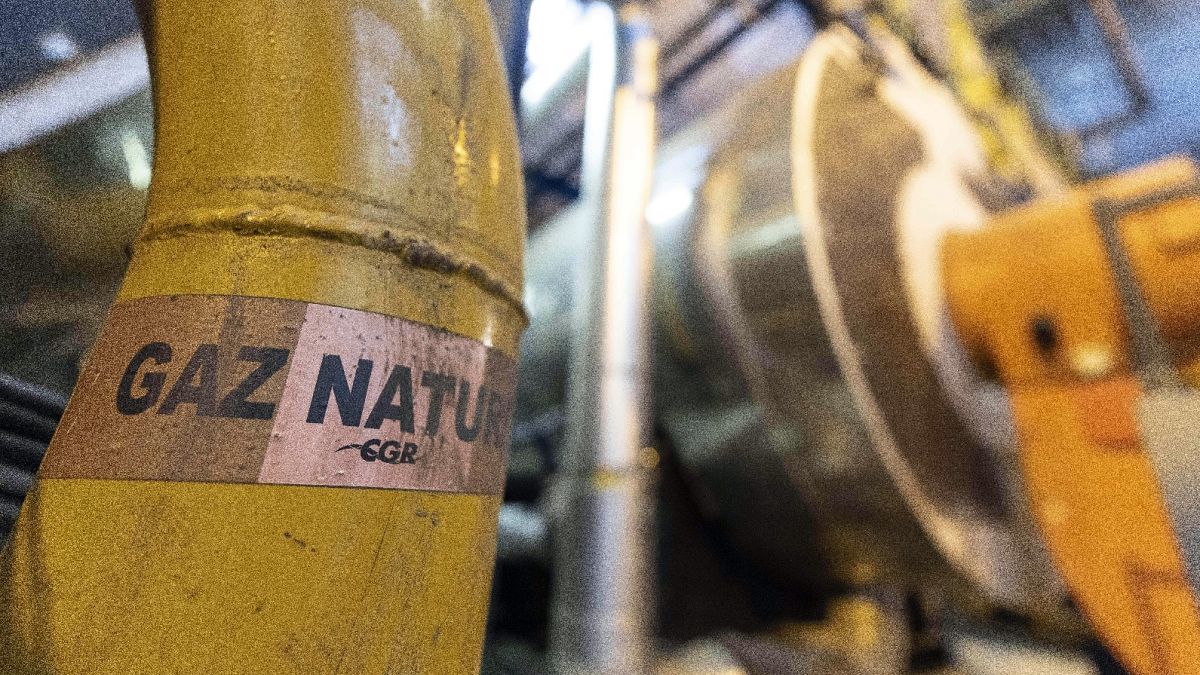Gas storage across Europe is now filled at just under 90% capacity, reaching a mandatory target to ensure the continent can power itself through winter with months to spare.
"The good news is indeed that as of today the storage is at 89.89%, which is indeed excellent news," an EU Commission spokesperson told reporters on Thursday.
Not all EU countries with storage facilities have so far hit the 90% capacity requirement but the Commission spokesperson struck an upbeat note, adding that "member states see and understand that it is extremely important to stick to the obligation to refill our gas storage facilities."
"This is an ongoing process and we are very much on track there," he said.
The target to fill gas storage to 90% capacity by 1 November 2023 was set last year, weeks after Russia invaded Ukraine, as energy prices were starting their climb to new record levels and over fears Moscow could turn off the gas tap.
These fears were realised shortly after in retaliation against wide-ranging economic sanctions imposed by the EU as well as a pledge to stop all Russian fossil fuel imports. Before Russia's war in Ukraine, the EU bought 40% of its gas supplies from Moscow.
The abrupt cut-off from Russia sparked concerns the EU could suffer winter blackouts, prompting governments to prepare worst-case scenarios including rolling power cuts. A mild winter and a reduction in energy consumption no doubt partly linked to soaring energy bills ensured those plans were never rolled out.
Gas storage levels at the beginning of April -- or the end of the heating season -- were 56% full, well above the five-year average of 34%.
Still, to prevent a repeat of 2022 when EU member states competed with each other to import gas from non-Russian suppliers, the EU Commission set up a joint gas purchasing platform. The aim was to leverage the bloc's market power and lower prices for EU buyers.
The EU executive has touted its platform as a 'remarkable success' but kept mum on prices, stating it does not take part in negotiations between buyers and sellers.
Prices at the Title Transfer Facility (TTF), a virtual hub for gas trading, were this week sticking close to the €40 per megawatt hour mark, well below the three-digit prices observed through most of 2022.
However, reliance on foreign suppliers for gas means the EU remains vulnerable to price fluctuations.
The European Union has a storage capacity of 100 billion cubic metres (bcm) with an additional 30 bcm in Ukraine.
